The Difference Between Healthy & Unhealthy Social Media Content
Photo by mikoto.raw Photographer from Pexels
Like any person who considers themselves fairly “on the internet”, I’ve followed my fair share of influencers over the years – at some point, it seems to come with the tenuous territory of being on social media. After learning to be picky about whose content I take in, I must admit that I find some “influencers” to be genuinely refreshing, inspiring, and dare I say, even helpful.
And of course, there are other accounts that I’ve (mostly) learned to avoid – I’m sure you know the ones. They’re the accounts whose beautiful content you scroll through for an inordinate amount of time, only to finally put your phone down and feel completely morose about your own life.
Considering the veritable minefield of content we can choose to consume on our social media apps, how do we decide where to put our limited time? How do we find inspiration while avoiding envy? And what makes aesthetically similar content feel so different when we’re done scrolling?
Is it about authenticity?
One of the more popular theories about what makes an influencer “good” or “bad” for us is the idea of authenticity; with an “authentic” influencer, we can still expect to see a pristinely-kept kitchen and perfect hair on their Instagram feed, but they also share their more vulnerable or unfiltered moments in their stories as well.
Or maybe the picture they post is gorgeous, but the caption explains the real story. The thought is that this vulnerability and willingness to share their filtered imperfections should cause us to feel like we can relate to them, and in turn, trust them more.
While in some cases this can be true, I don’t think vulnerability alone can fully encapsulate the complicated relationship between the consumer and the content creator, and so it certainly isn’t the only factor to consider when thinking of our own mental health and wellbeing on the internet.
After years of taking in content, I’ve found that influencers seem to fall into one of two categories: they’re either inspirational, or they’re aspirational. To get entirely tedious, I’ll share the definition of both these words before we move forward: Inspiration is defined by “providing or showing creative or spiritual inspiration”; Aspiration is conversely defined by “having or characterized by aspirations to achieve social prestige and material success”.
The difference in these categories may look minute on our personal feeds, but in my experience, the emotional effects are actually incredibly noticeable.
What inspirational content feels like.
Inspirational content invites the consumer to be part of something; it provides ideas that we might be able to implement in our own lives. In some ways, it’s almost like inspirational content lets the influencer take a bit of a back seat, and allows the consumer a greater role in whatever it is they’re doing.
It creates a community around sharing ideas and attempts at projects. My house will never look like that of the many perfectly-curated home decorator influencers I follow on Instagram, but if they’re doing it right, I can implement some of their countless creative tips in my own home, in little ways.
My real life will always be messier than an influencer’s feed, but I can certainly enjoy the open shelving hacks they provide me with along the way. One could even say that an inspirational influencer is a sort of creativity generator who uses their aesthetic for their fanbase’s good.
What aspirational content feels like.
Aspirational influencers are an entirely different ballgame – they seem to demane you look at their curated life and simply gaze at it in awe. They love to show a supposedly perfect world that only millions of followers and opulent wealth can buy. Their content is driven specifically by how cool their lifestyle, house, body, or anything else is.
There’s very little motivation or invitation to creativity on these accounts. The community surrounding these content creators is not much of a community at all, and certainly not one that creates much lifegiving discussion and collaboration between its members.
When we, as the consumers of this content, come up for air after a long scroll of aspirational content, we don’t feel inspired to try something new in our own kitchen; we don’t feel like we could try a new eyeshadow look. Unfortunately, after looking at someone’s aspirational life, we simply look around at our own very real life, and feel dissatisfied.
In short…
As social media consumers, we need to add this to our ever-growing list of what to consider before we invest in clicking that follow button. At the end of the day, does the content inspire you and make you excited about something in your own life, or does it simply highlight all the ways you feel like your life is lacking? If we can ask ourselves and honestly answer these questions, perhaps we can be, even if only minutely, more happy being “online”.

